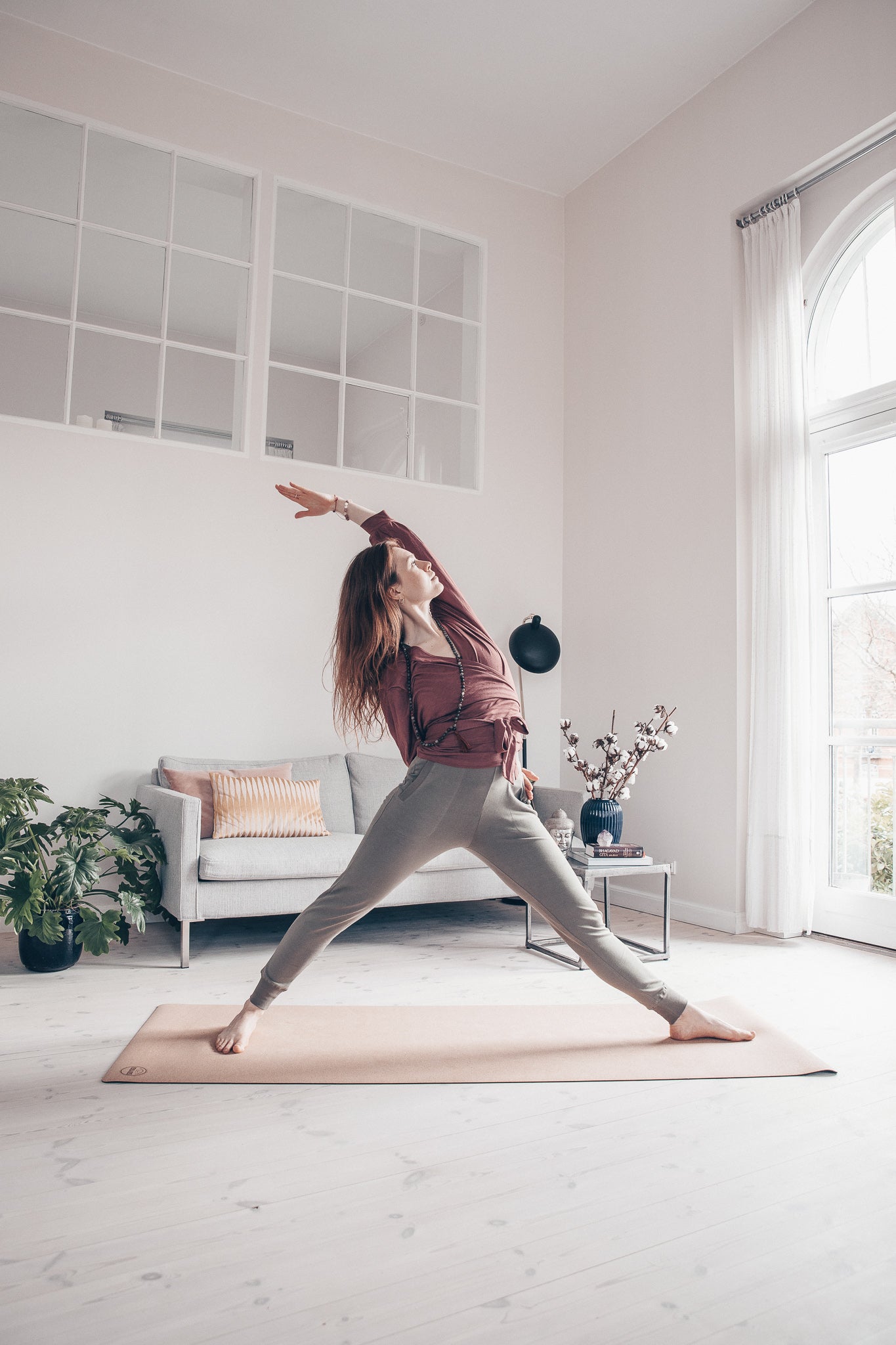
Which yoga style should I choose?
Yoga is a mirror to look at ourselves from within
- BKS Iyengar.
There are many aspects of yoga - and different approaches to it.
And there are different types of asana styles and different types of meditation and mindfulness.
But one thing is certain!
Yoga - no matter what form - is both good for body, soul and brain 🧠
But which yoga style suits me best, the beginner will probably ask. And there is no easy answer to this.
An initial answer will be; Try yourself out. Sign up for some different classes, try some different teachers and some different approaches to meditation.
Yoga is not just yoga and asana practice is not just a smart fitness method.
Having said that, you can easily start practicing yoga without first knowing the whole system. Again - try your hand and when you find a branch of yoga that attracts you, dive into it. Explore the themes, methods and see which teachers offer classes focusing on this particular type of yoga.
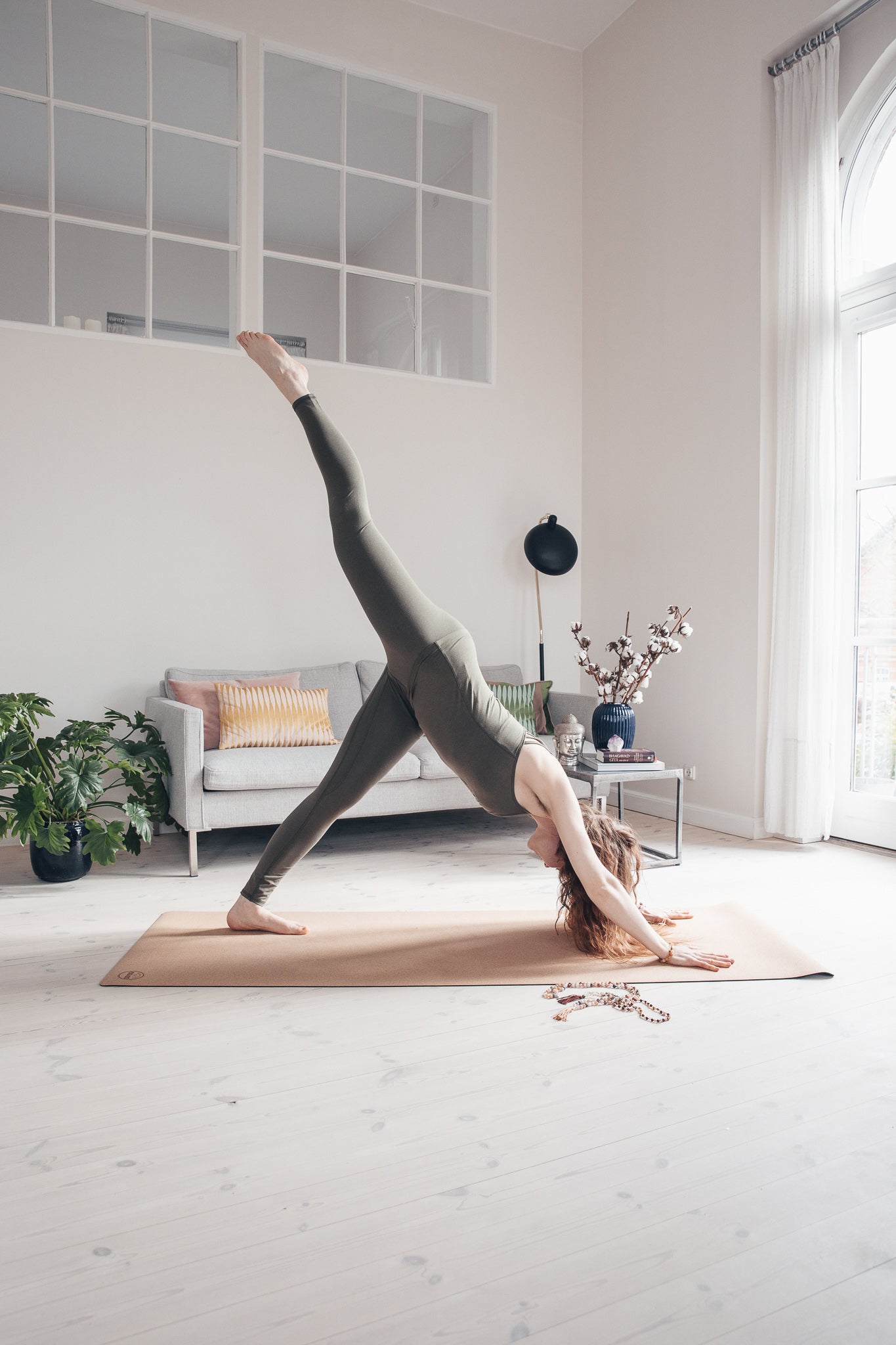
Ashtanga vinyasa yoga
K. Pattabhi Jois made this form of yoga famous at the beginning of the 20th century in Mysore, India. Ashtanga yoga is a widespread, popular and modern form of yoga which focuses on a combination of yoga postures (asanas), controlled breathing and ancient philosophy.
Ashtanga is named after, and supposedly based on, the eight limbs of yoga mentioned in Patanjali's Yoga Sutras. The style is considered by some to be a modern form of traditional Indian yoga.
Practitioners of Mysore Ashtanga yoga are expected at some point to be able to memorize and perform a series of asanas without the guidance of their teacher, who intervenes only to assist or correct the students' postures. These yoga classes usually begin with a mantra in Sanskrit and the sun salutation Surya Namaskara. K. Pattabhi Jois recommends that practitioners hold each asana for five to eight breaths.
A physically demanding form of yoga, Ashtanga uses six different asana sequences and is closely related to other popular forms of yoga such as Vinyasa Flow and Jivamukti.

Yin Yoga
Yin yoga has many features in common with the restorative form of yoga. It mainly focuses on holding selected asanas for up to five minutes at a time and aims to improve blood circulation and flexibility.
Instead of the relatively quick and repetitive asanas that are performed in more dynamic forms of yoga, Yin yoga's long holds of the postures affect the fabric of the body's joints. In combination with mindful pranayama (breathing exercises) and a good dose of awareness, Yin yoga can help its yogis gain better control over negative thoughts and emotions and achieve what is known as "inner peace".
American martial arts champion Paulie Zink founded Yin yoga in the 1970s, and since then it has spread throughout the Western world. Although many of the postures performed in a Yin class are similar to Hatha yoga postures, they often have a different name and mostly require significantly less strain on the muscles.
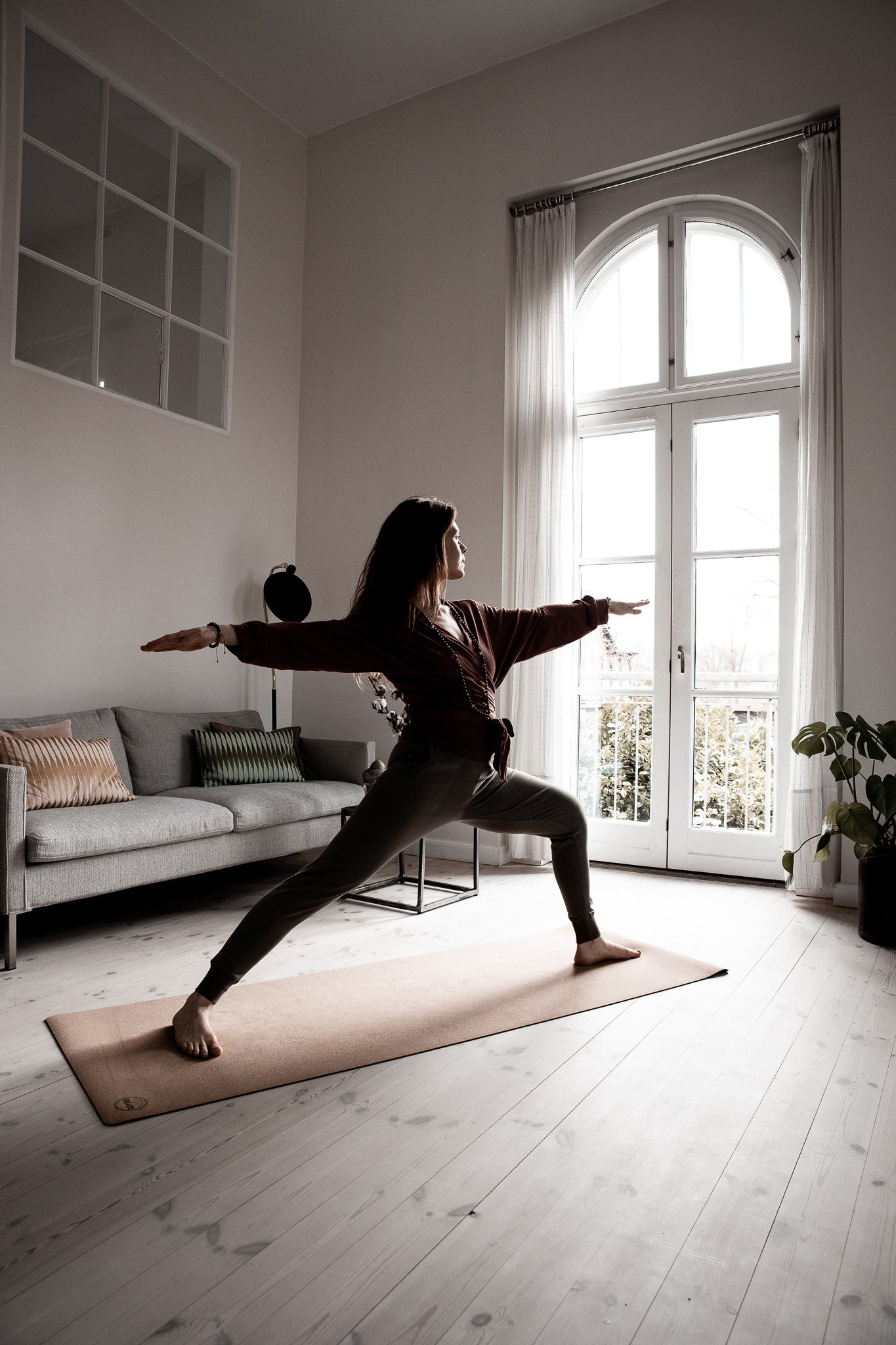
Hatha Yoga
Hatha yoga, also known as Hathavidya, is the original system of breath control and exercise around which all modern forms of yoga are built.
According to Hindu tradition, the god Shiva created Hatha yoga. The legend describes how the god taught Parvati, the Hindu goddess of love, the secrets of yoga and that they were overheard by a fish. The fish became a famous wise man, and in this way the knowledge of yoga was passed down through the generations.
The oldest forms of Hatha yoga were mainly concerned with preserving and increasing the physical vitality known as bindu in men and raja in women. Nowadays, practitioners attribute a wide range of health benefits to the regular practice of yoga. From improved blood circulation to increased energy levels. But the early practitioners believed that they could use yoga techniques to take possession of another person's body or to cheat death.
Compared to styles such as Vinyasa Flow, Hatha yoga is fairly static. A typical class focuses on a few asanas that you hold for a relatively long time accompanied by breathing exercises.
Being the source of many modern forms of yoga, Hatha is great for beginners and widely used in yoga studios around the world.
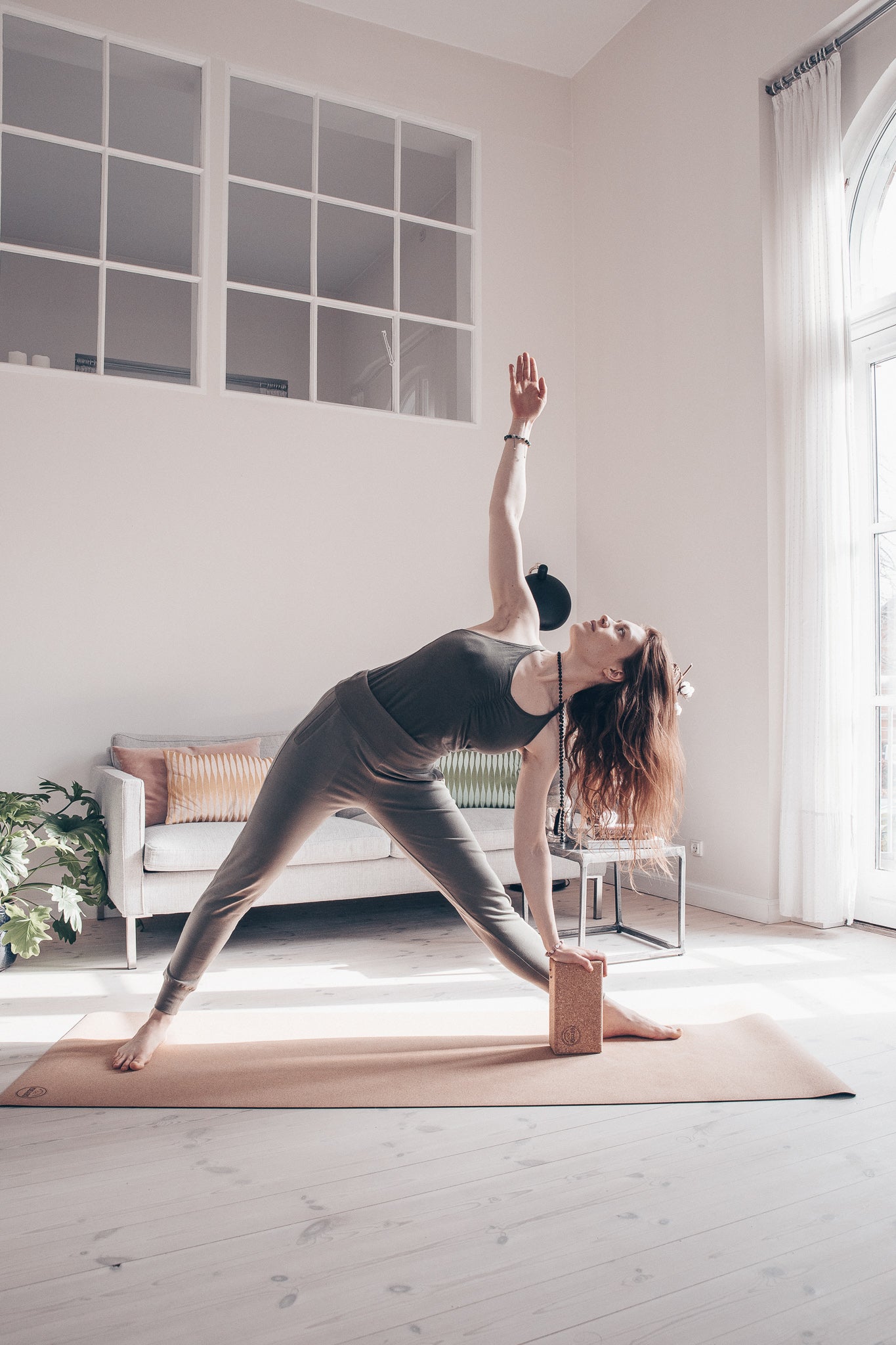
Hot Yoga & Bikram Yoga
Bikram yoga, which has gained increasing popularity in recent years, has its origins in the 1970s.
Bikram Choudhury, who hails from Calcutta, adapted traditional techniques from Hatha yoga to create a sequence of 26 asanas and breathing exercises.
As the only form of yoga, Bikram yoga takes place in a room heated to 40°C with a humidity of 40%.
These challenging conditions are said to promote the reduction of body fat, the cleansing of toxins through sweat, and provide increased strength and mobility.
During the 90 minutes that a Bikram yoga class lasts, practitioners perform the same sequence of the 26 postures, which also includes two pranyamas, in front of mirrors.
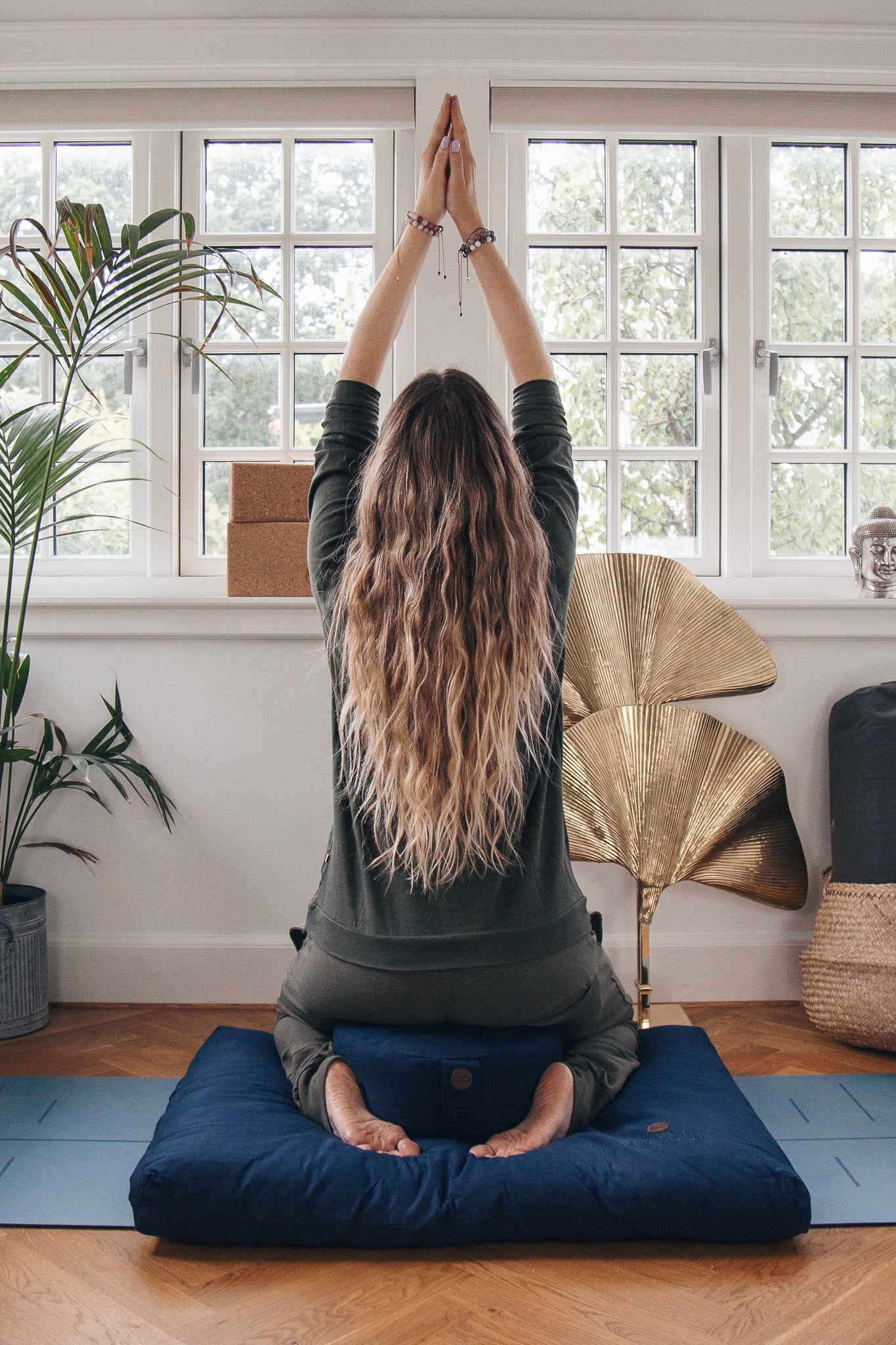
Kundalini Yoga
Through asanas and special focus on breathing, the resting forces in the body are awakened and paves the way for greater awareness.
Kundalini yoga is referred to by its followers as "the yoga of consciousness". The yoga style is closely associated with the Hindu concepts of Shaktism, which loosely translates to union with the divine.
Kundalini yoga incorporates several different yogic traditions, including Hatha exercises such as asana and pranayama, the religious devotion and strong discipline associated with Patanjali's classical yoga, as well as tantric methods of meditation and reflection.
Kundalini classes mostly focus on the breathing as well as the navel, spine and selected pressure points. These techniques aim to release one's own divine Kundalini energy from the root chakra at the base of the spine and awaken the 'serpent' that sleeps here.

Jivamukti Yoga
Jivamukti yoga was created by David Life and Sharon Gannon in New York in 1984. It is one of the newest forms of yoga that, like Yin yoga, is one of the few popular forms developed by people who were not born in India . It is popular with many famous people around the world, including Sting, Willem Dafoe, Gwyneth Paltrow and Maggie Gyllenhaal.
Jivamukti yoga promotes a number of current issues such as veganism, animal rights, ecology and social activism. Built around religious foundations (shastra), devotion (bhakti), non-violence (ahimsa), music (nada) and meditation (dhyana), Jivamukti combines physically demanding asana and vinyasa techniques with ethical and spiritual aspects.
Classes often begin with a "focus point of the month" essay written by one of Jivamukti's founders, followed by meditative chanting.
Then the teacher leads the participants through a robust sequence of postures, and the teacher himself determines the order of the asanas. The Jivamukti sequences usually always contain a head or shoulder stand. Music is an important part of Jivamukti yoga, whether it is traditional music or pop or dance music.


